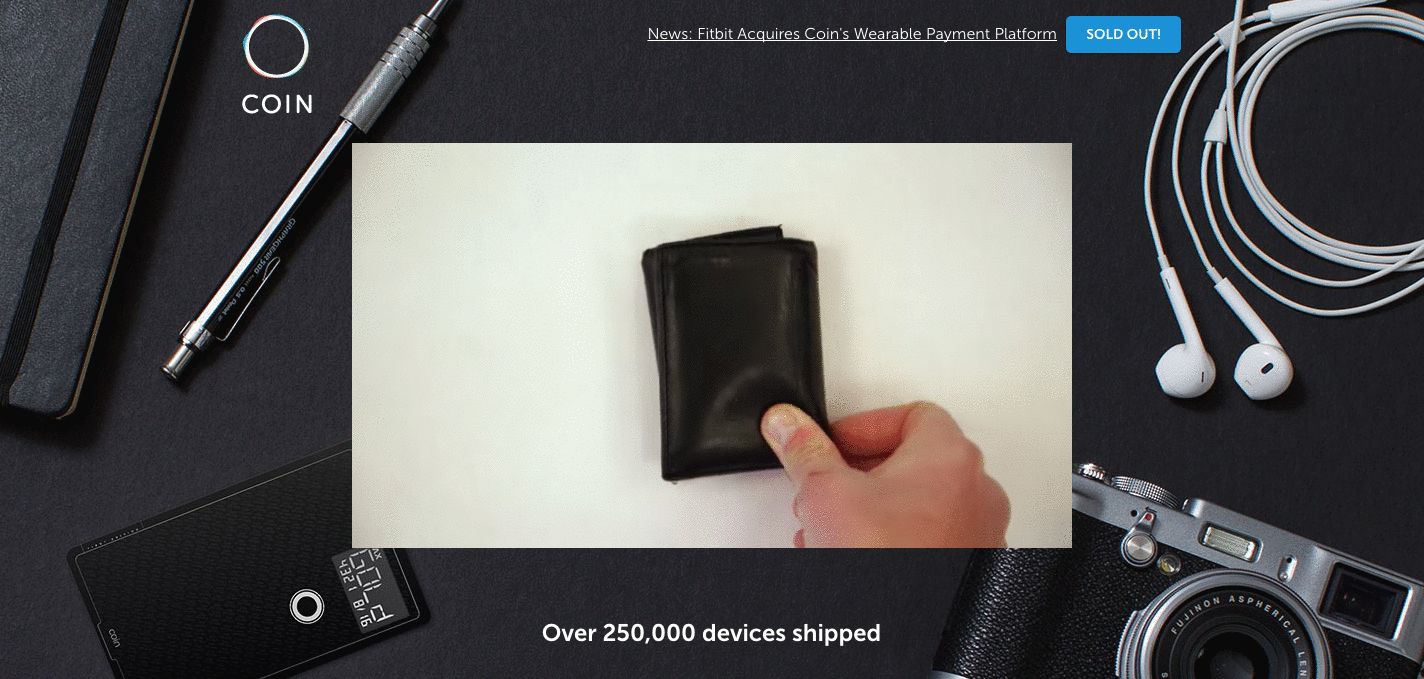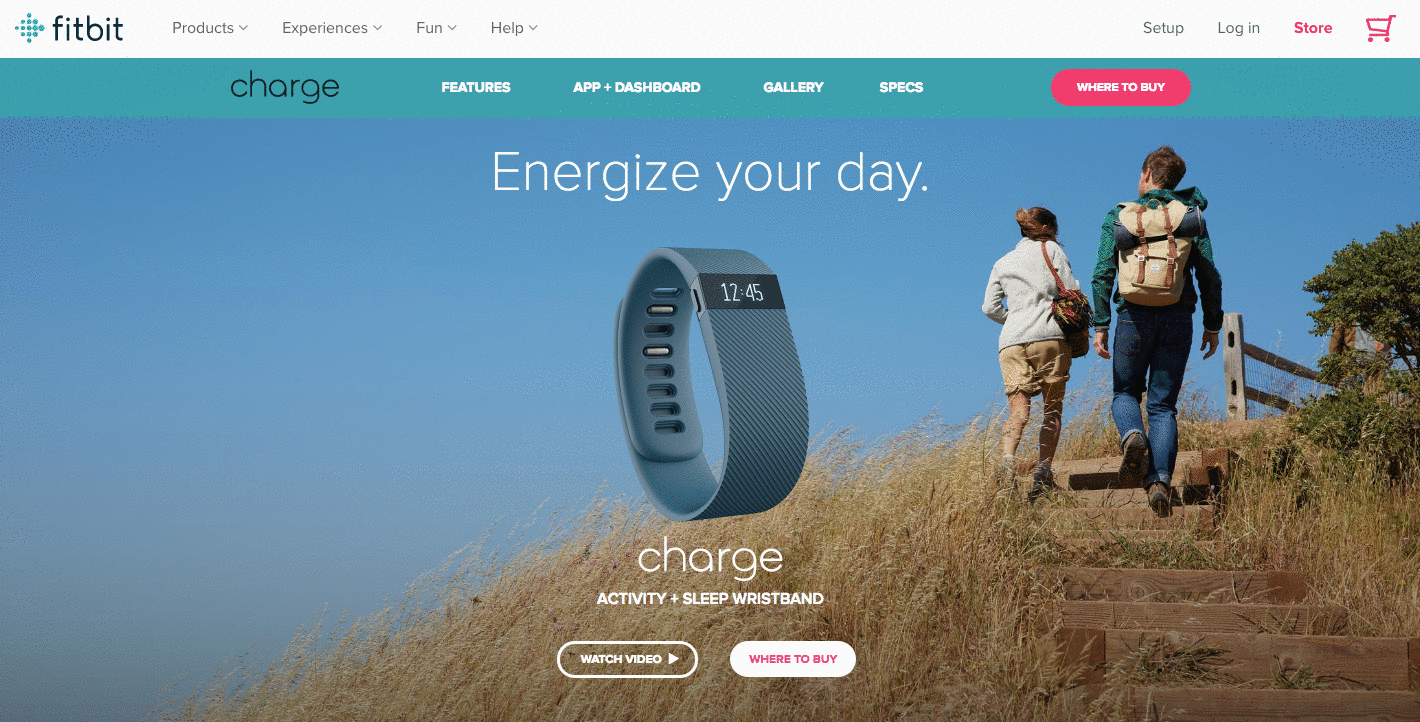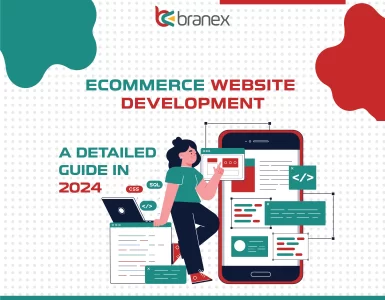Product pages are the most vital components of an ecommerce website which help customers decide whether to check out or abandon the shopping cart. Unfortunately, they are often the most neglected elements of the sales funnel. Remember, the main purpose of your product page is to tell customers why your product is the best fit for them and how it solves their problems. Eye-catching images and well-written descriptions are important, but there are various other elements that help customers make an informed buying decision.
When it comes to designing your product pages, even the smallest detail can leave a significant impact on the conversion rate of your website. An awe-inspiring and delightful product page incorporates elements that unambiguously inform prospective buyers, send trust signals, highlight all the notable features of the product and improve customer experience.
If you want to improve your conversion rate, enhance customer experience and get ahead of your competition, here are some mind-blowing and truly effective product page optimization techniques that will surely give you the expected results.
1. Add an Element of Storytelling
A recent study suggests that a product description which narrates a riveting and inspiring story has more potential to convert a customer than a standard product copy. By leveraging the prowess of storytelling, you can boost your chances of getting more conversions and fortifying brand loyalty.
Let’s take Seattle Cider as an example.

The company claims that their cider is not your standard, run-of-the-mill cider. They have a hooking story to vouch for them. They capitalized on eye-catching and high-definition images of their cider selection complemented with beautiful label designs that clearly explain what makes their Cider products different from others and what makes their products so special. The brand beautifully explains what goes in their products, where each ingredient is lovingly procured from, and the love and diligence that go in concocting the final products.
2. Add Product Videos
One of the major hitches of online shopping is not being able to feel, touch and judge the products you are aspiring to buy. Though adding pictures of your products is effective, a short video that gives an in-depth look at your product can make sure that prospective buyers make a well-informed purchase decision.
We craft beautiful experiences and digital products that grow businesses

Look at the example of SideBelts, where they are using the power of video to show their products in action.
3. Use Social Proof
More than 70% people trust content from other customers as opposed to a brand’s own claims. A study suggests that one out of four consumers are more likely to purchase a product after seeing user-generated visual content. Ecommerce websites can leverage user-generated content to instill confidence and trust in their consumers and coax them into taking the plunge. Ecommerce brands can use text-based customer reviews and user-generated images on their product pages, which will eventually serve as a visual social proof that can directly influence the buying decision of potential customers.
MVMT Watches is intelligently using customer reviews on their product pages to win over the trust of customers.

Meller, a sunglasses brand, uses a trick to convince potential customers to hit the buy button by integrating customers’ pictures and videos on their product pages. When customers see authentic customer images and how other people are using these products, it fosters trust, boosts retention and causes the conversions to skyrocket.

4. Explain Your Product Features Uniquely
To increase your conversion rate and profitability, you need to carefully review your product feature explanation strategy. Instead of simply listing down the characteristics and features of your product in a droning manner, try to explain how consumers can use the product and how they can benefit from it.
Here’s an excellent example of Volkswagen.

Instead of simply jotting out the merits of their products, they take an interactive approach to building your car. The brand highlights different customization features you can choose from, before giving you a detailed look at the car and how it can affect the price.
Let’s take another example of Fitbit Charge.

The product page beautifully explains how the product works, allowing users to hover over different features while explaining why these features matter the most and how they can make a difference in the users’ lives.
Your Turn
These are a few suggestions that will surely help you optimize your product pages for better usability, customer experience, and conversions. Remember, every business, customer, and product is different. Before implementing any of these changes, make sure that you conduct A/B testing to check what makes the most sense and what you should avoid doing.





